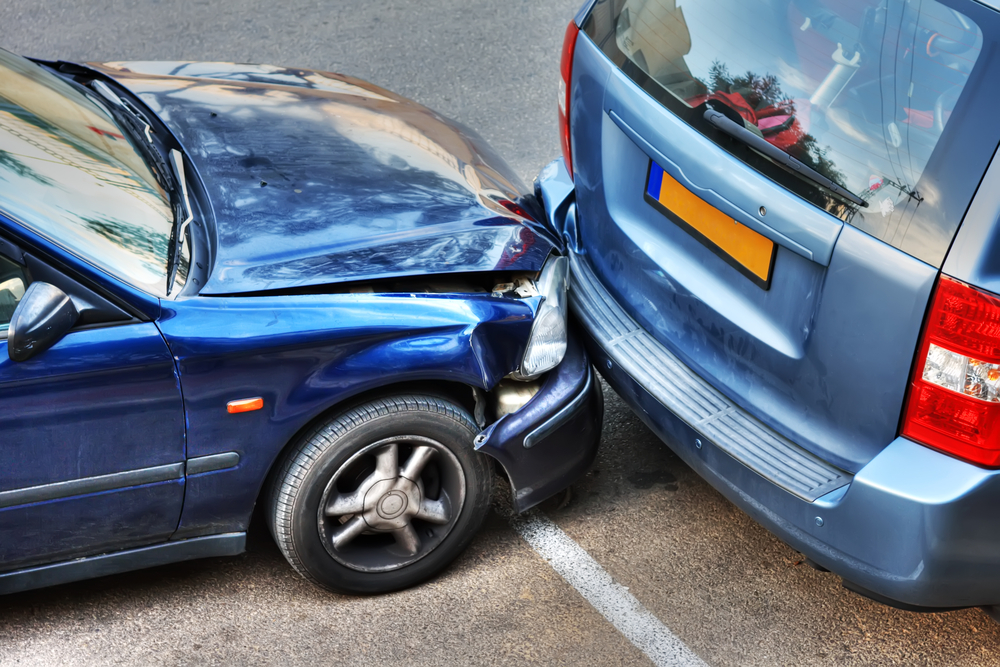Car Accident Lawyer
While there are several ways that a motor vehicle accident may happen, car accident lawyer is well aware that chain reaction car accidents are one type of scenario that can cause significant chaos and confusion at the scene and in the months after. Imagine for a moment that you’re driving on a bustling highway, only to be abruptly halted by the sudden brake lights of the vehicle in front of you. Despite your best efforts, you cannot stop in time, resulting in a rear-end collision. Glotzer & Leib, LLP explains that the vehicles following you, too close or driving too fast to react properly, subsequently crash into your car’s rear, and thus, a chain reaction car accident ensues.
Chain Reaction Car Accident
As the name suggests, a chain reaction car accident involves three or more vehicles where typically, the force of the first collision pushes one vehicle into another, setting off a domino effect. These incidents are particularly common in areas of high traffic congestion, where vehicles often tailgate or follow too closely behind one another.
Complexities of Determining Fault
For victims to seek damages, they must first determine who is liable for the accident. Determining fault in these accidents can be exceptionally challenging due to the intricate dynamics involved. While the rear-end collision rule typically holds the driver who hit the car in front of them responsible, multiple drivers could be partially at fault in chain reaction accidents. For instance, if a driver was following too closely and unable to stop in time when the car in front of them braked suddenly, they could be held partially liable for not maintaining a safe following distance.
Reasons for Chain Reactions
There are several common causes of chain reaction accidents. Bad weather conditions, like heavy rain or snow, often reduce visibility and make the roads slippery. Distracted driving, too, is a significant factor. Drivers engaged with their cell phones, fiddling with the radio, or otherwise not entirely focused on the road, can easily miss sudden changes in traffic flow, leading to disastrous consequences. Chain reaction accidents can also occur when a driver is forced to stop suddenly due to unexpected obstructions, like an animal crossing the road or debris falling from a truck. The sudden braking can cause the vehicles behind to crash into each other if they are following too closely or not paying attention.
Reducing the Risk of Chain Reaction Accidents
Now, while these accidents can seem unavoidable at times, there are some safety measures you can adopt to lower your risk. Firstly, maintaining a safe following distance is critical. The 3-second rule, where you should be at least three seconds behind the car in front of you, is a reliable guide in good weather conditions. This distance should be increased in poor weather to compensate for decreased traction and visibility. Additionally, avoiding distractions while driving is essential. Keeping your eyes on the road and your hands on the wheel will help you react promptly to any sudden changes in traffic. Be aware of your surroundings, and watch the cars in front of the vehicle you’re following. This will give you more time to react if the car in front of you stops suddenly. Lastly, regularly maintaining your vehicle, particularly your brake system, and tires, will ensure that your car can stop quickly and effectively when required.
Chain reaction car accidents are a testament to the importance of defensive driving. They can lead to significant property damage, severe injuries, or worse. By being aware of the potential causes and following safety guidelines, we can all contribute to making the roads safer.

